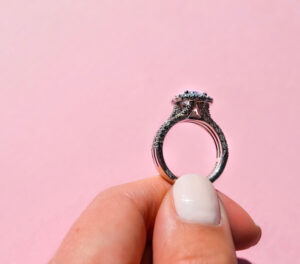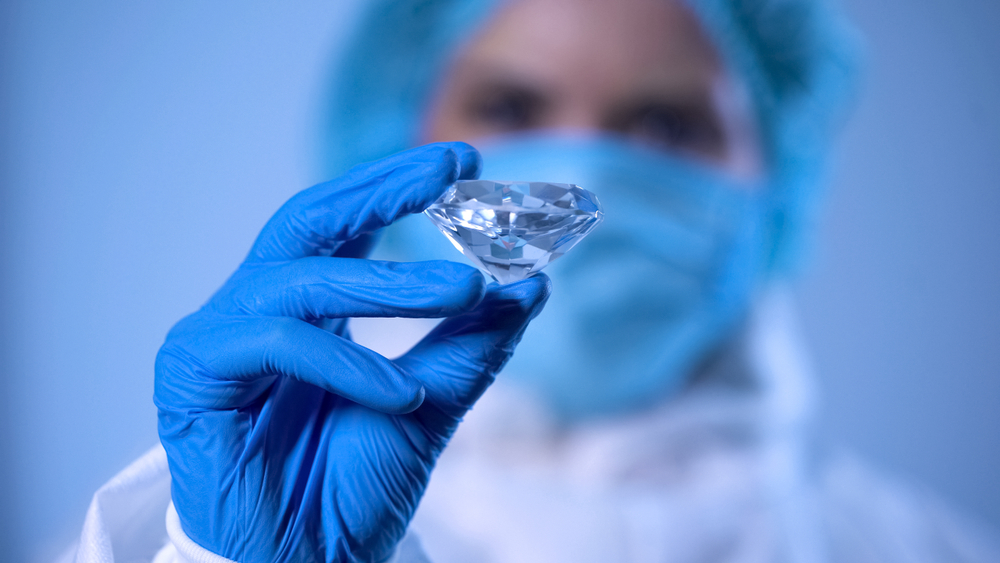
Diamond blemishes are surface flaws that lower a diamond’s clarity rating. The majority of diamond flaws develop during cutting or as a result of wear over time. The price of a diamond decreases with a lower clarity grade due to diamond imperfections. The varieties of diamond flaws are covered in this article.
Diamond Blemishes
As we previously explained, a diamond’s surface might have flaws. Some of the causes of diamond imperfections include incorrect cutting, inappropriate storage, and wear and tear. Blemishes can take several forms, such as scratches, rough girdles, polish lines, pits, nicks, etc. The majority of diamond flaws can be polished out. Avoid choosing a diamond for your engagement ring that has a lot of flaws. A diamond might look boring and unappealing if it has many flaws.
The clarity grade of a diamond is an important factor that is taken into consideration when determining the severity of flaws. However, the price of a genuine diamond with a high clarity grade can be quite expensive. You can find budget-friendly, high-quality diamonds by choosing lab-grown diamonds. In fact, lab-grown diamonds are genuine gemstones. In actuality, man-made diamonds are more cost-effective and of better value than natural ones of the same quality and size. The only difference between a “Lab-made Diamond” and a “Natural Diamond” is that the former is grown in a lab rather than being mined from the Earth.
Types Of Diamond Flaws
Let’s now talk about the several flaws that you ought to avoid while buying a diamond.
Abrasion

A series of tiny nicks along a facet junction on a polished diamond indicates wear. A diamond with abrasion appears milky and fuzzy around the edges. The primary cause of abrasion is careless handling.
Char Marks
Rapid polishing of a diamond with a polishing wheel can generate a lot of heat energy, which leaves burn marks on some regions of the diamond. These smoke-filled regions can be polished away without harming the diamond.
Added Facet
The diamond undergoes the process of production with an additional facet, as the name suggests. The symmetry of the diamond is impacted by an additional facet, even if the diamond’s brilliance is unaffected. A diamond’s clarity grades won’t be affected by an additional facet. In high-clarity grade diamonds, extra facets are frequently visible. These aspects should be polished off.
Lizard Skin
“Lizard skin” is a polishing imperfection that resembles a wavering or lumpy patch. When a stone is inadequately polished during the manufacturing process, lizard skin occurs. The diamond’s durability is unaffected and may be simply ground away from lizard skin imperfections.
